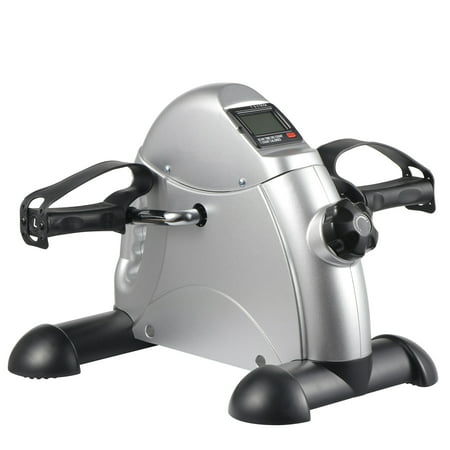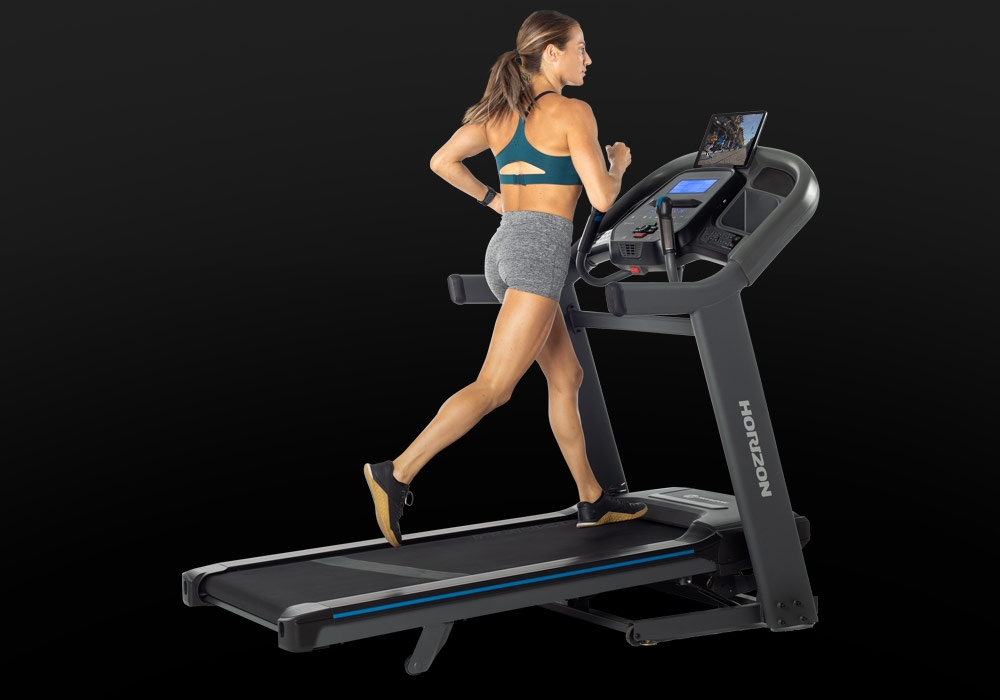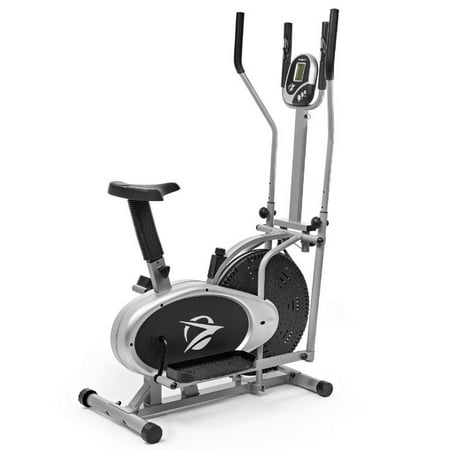XtremepowerUS Roller Coaster Abdominal Machine Waist Fitness Equipment Abdomen Cushion Exercise Machine
This Roller Crunch Coaster Fitness Machine affords a exercise answer for strengthening your midsection of your frame. It designs backside up exercise characteristic this is opposite from other abs crunch gadget. In this way, it additionally works shoulders, lower back, arms and legs. It integrates contoured padded cushion for helping arms and legs at some point of exercise. This system can be used as part of complete fitness habitual or as an belly instructor.Feature:Achieve an great ab tone way to this transportable and clean-to-use workout gadget. XtremepowerUS Ab Coaster allows maintain your belly region in high-quality form, even as the adjustable seat permits for handy exercises to eliminate love handlesAbdominal teacher promotes core stabilization even as workout the abdominal through a complete variety of motion.Abs coaster functions a multi-perspective adjustable seat and plate-loading posts to add greater weightsDurable, lengthy-lasting metallic creation helps up to 300 lbs.Perfect for novices and lengthy-time fitness lovers alikeCurved song mimics natural spinal flexion, permitting every body to perform an abdominal lift in best formSpecifications:Color: Silver/BlackType: Resistance TrainingFeatures: Digital Workout CounterMuscle Target: Upper Abs, Lower Abs and Side ObliquesMax potential: up to three hundred LbsWeight Plate Capacity: 30 lbsOverall dimension: 49″(L) x 18″(W) x fifty one”(H)Assembly Required YesPackage Contents:Roller Crunch Coaster Fitness MachineManual













Reviews
There are no reviews yet.